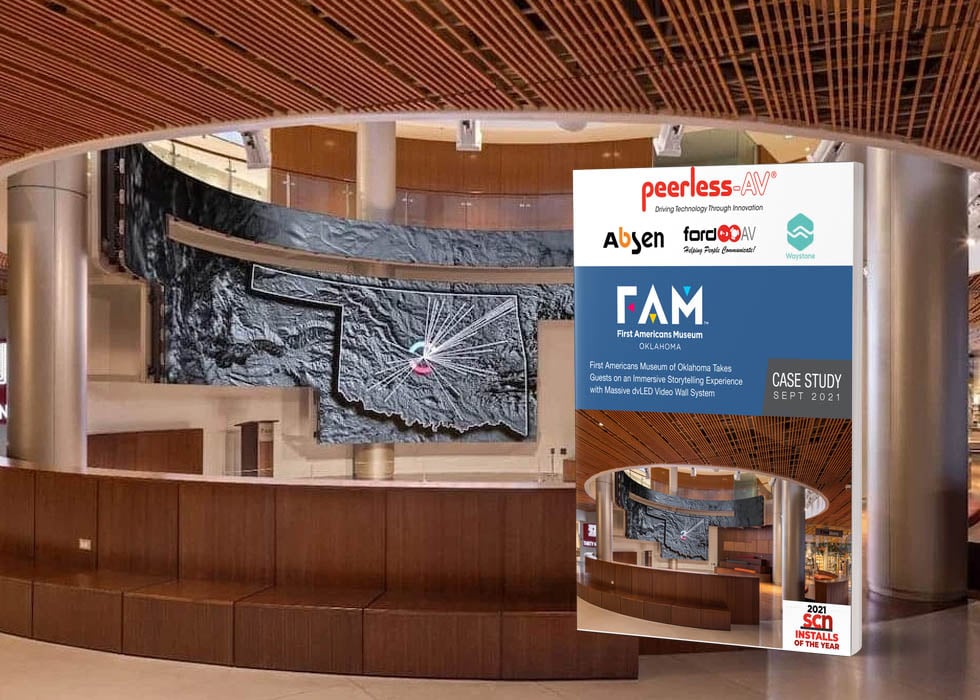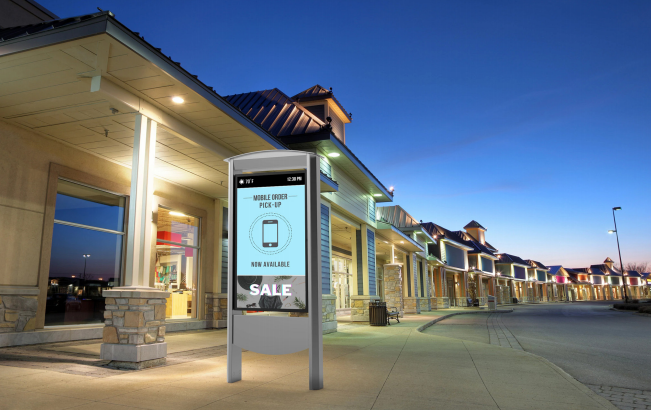Digital Signage Concepts: One Size Doesn’t Fit All
AVIXA has partnered with Invidis Consulting to develop a track of digital signage education sessions at InfoComm 2019. Below, Florian Rotberg, Managing Director at Invidis Consulting, provides a preview of the some the areas that will be covered in the new seminars.
 Impactful and engaging digital signage concepts are like a symphony, a conductor skillfully orchestrates dozens of musicians or touch points (static and digital) to maximize pleasure for the audience.
Impactful and engaging digital signage concepts are like a symphony, a conductor skillfully orchestrates dozens of musicians or touch points (static and digital) to maximize pleasure for the audience.
The focus should be on the customer – digital signage concepts need to be primarily optimized for the benefit of customers and not the business. Most projects encounter the first obstacle here because usually digital signage concepts need to cater to more than one customer journey. In an airport, digital signage screens need to cater to a wide audience: from frequent flyer (interested in current security waiting time) to tourist and first-time flyer (interested in way-guiding, multilanguage support, departure time, and time to gate).
Screens are usually positioned along the customer journey and need to offer the fitting content for each phase on that journey. Displays in a shop window need either to inspire, attract, inform or drive conversion depending on the audience (shopper, browser, loyal customer, etc.). Regardless of the type of customer, digital signage content at the Point of Sale (PoS) should always include a call-to-action.
To better understand the need of the customer, digital signage concepts should always match the relevant phases of the customer journey:
- Awareness (Inspiration)
- Favorability
- Consideration (Desire)
- Intent to Purchase
- Conversion (Transaction)
Inexperienced digital signage agencies often underestimate the effect of the space where the screen is located and the mindset of the audience at that moment. A busy entrance or aisle (passage) requires different shopper impulses than places with high dwell time (check-out, in front of fitting rooms).
Essential for every digital signage concept are data connection. How will the system be connected to backend systems like ERP (inventory Management) or CRM (customer relationship management). Consumers expect from digital touchpoints – regardless if mobile, notebook or instore displays – always current information (ideally near real-time).
Before the agency starts to pitch for a digital signage concept, it is imperative to get a thorough understanding of the vertical market. What are trends and drivers in this industry, best practices and the role of online/ mobile and brick-and-mortar.
Then the agency should visit different store formats of the retailer client at different times of the day to get an understanding on foot traffic, customer distribution throughout the day and potential pain points. Every business and vertical market has their own pain points:
Fashion
- Pain Point: product availability of sizes and colors
Solution: Enable sales associates to check available stock in-store and customer facing extended shelf digital signage - Pain Point: Up/Cross selling
Solution: Present styles and complementary products on large screens next to highlight zone - Pain Point: Denim cuts are difficult to differentiate on the shelf
Solution: Digital screens next to denim with video content displaying the different denim styles
Home Improvement (DIY)
- Pain Point: DIY-stores offer thousands of products and are difficult to navigate
Solution: Digital signage touch-based way-guiding solutions with product finder - Pain Point: Tutorials and packing lists
Solution: Category focused digital touch terminals at the shelf offering tutorials and necessary products - Pain Point: Services and insurances
Solution: Terminal close to check-out to book services, insurances, loyalty program
Quick Service Restaurants (QSR)
- Pain Point: Long queues during lunch rush hour
Solution: Digital menu boards with dayparting and limited menu offering during rush hour to improve throughput - Pain Point: Increase average order volume with customized menus
Solution: Order terminals enabling customers to order customized burgers, offer multiple language user interfaces - Pain Point: Multi-lane drive thru for higher throughput
Solution: Outdoor, weatherproof digital signage terminals with high brightness screen
Those are just a few examples of how customer-focused digital signage concepts add value to the journey as well as to the business. Digital Signage concepts should follow established processes and not the other way around. Real value is created by connecting digital signage to backend systems, collecting data and analytics at the touch point and feeding this information back into the CRM. The feedback loop enables business to improve quality of service and helps to better understand customers. Digital signage should not be a one-way street.
The concept phase is usually followed by a proof of concept installation to test the digital touchpoints and the processes in real life. We suggest including additional sensors and cameras at PoC location for detailed analytics. Valuable data can be collected, and customer behavior analyzed before a bigger roll-out.
Add these sessions to your InfoComm schedule.






